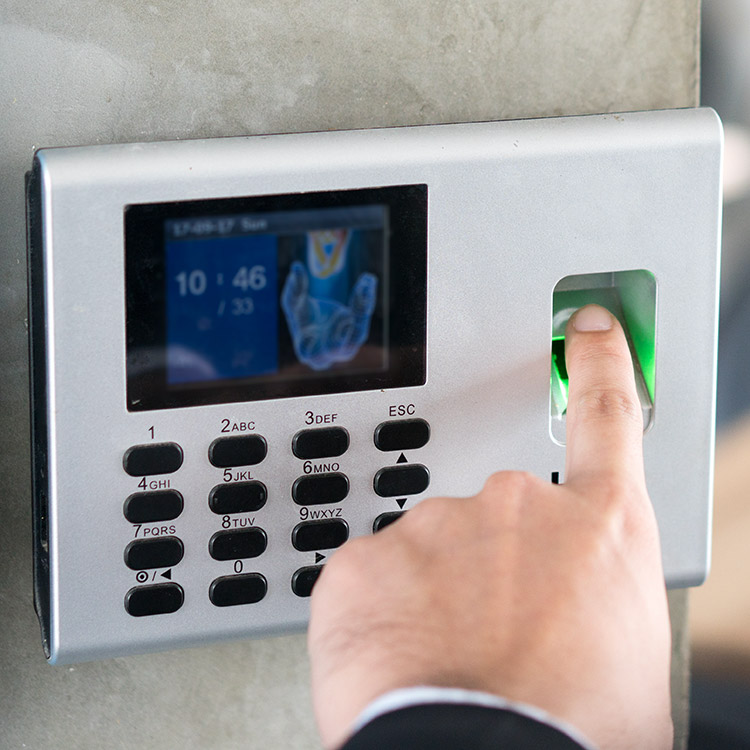Access Control Biometrics
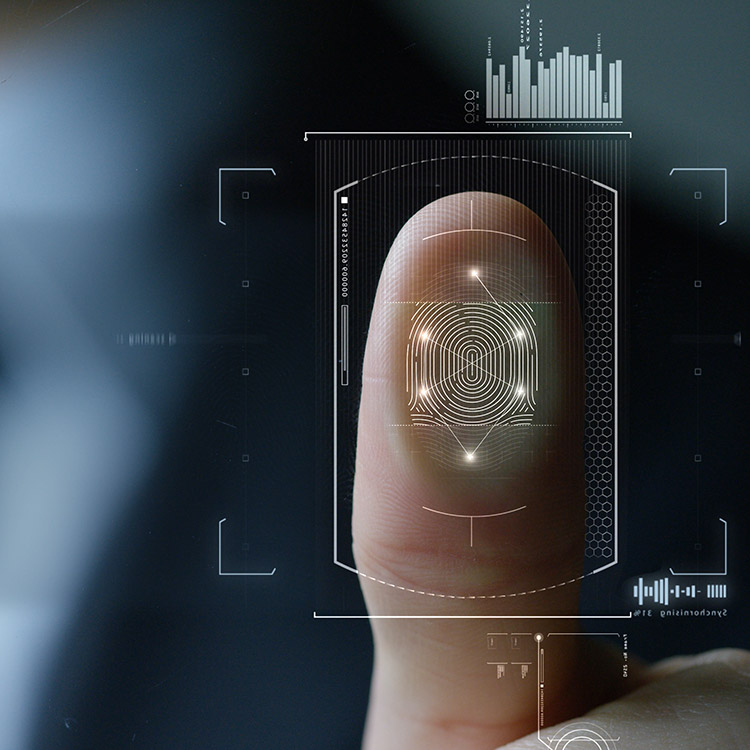
Access Control Biometrics
Unlike keys, electronic swipe cards, proximity cards, chip and pin cards, or keypad number sequences, access through a biometric reader cannot be transferred from person to person unless explicitly authorised. It is unique, which is what makes biometric readers and biometric technology more secure.
From major government applications to commercial buildings, our biometric readers & biometric systems provide the ultimate in security, reliability and convenience. While perfect for applications large and small, their low error rates translate into incredible reliability. High volume, high throughput environments cannot tolerate errors, so the value of handreaders increases as the population grows.
• Increase Security & Reduce Costs
• Stand Alone Biometric System
• Trusted & Reliable Technology
• Incorporate into any Security System
• Highly Secure Technology
• Networked Multi-User Biometric System
What is a Biometric Reader?
Biometric comes from the Greek word bios meaning “life” and metron “measure”. A biometric reader recognises humans based on intrinsic physical traits. For example, a biometric reader can read eye retinas or irises, facial patterns, hand measurements or fingerprints or all of them combined together for a high security system.
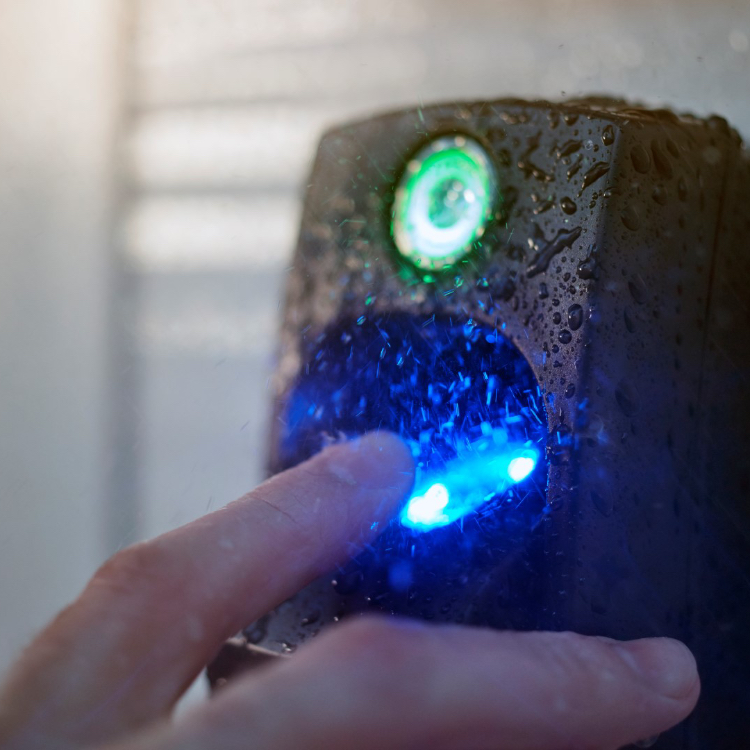
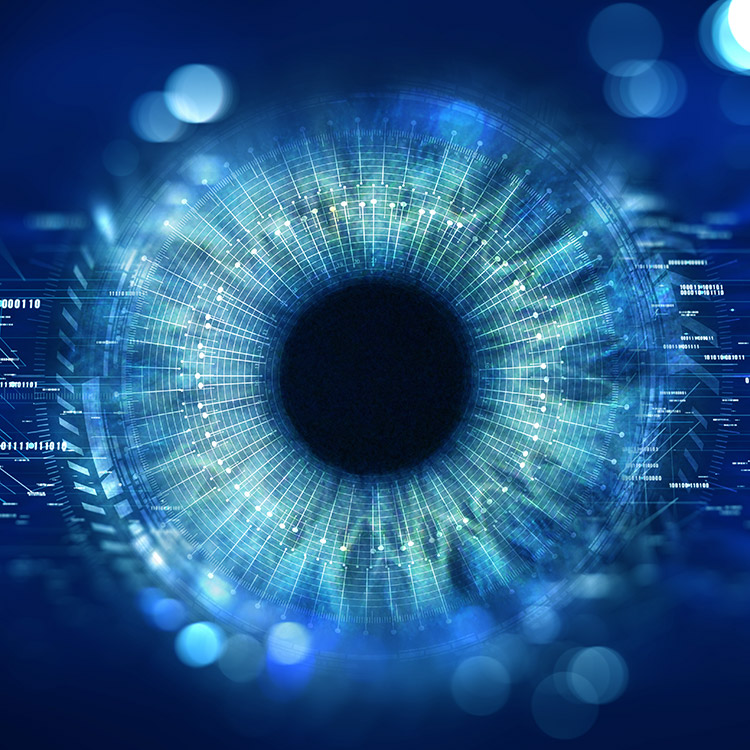
How Does a Biometric Reader Work
A biometric reader can be used as a standalone or a networked operation. An authorised person has their physical characteristic scanned and turned into a numerical code or algorithm, which is then entered into a database.
The authorised person must subsequently provide the same physical characteristic, for example their hand, to be read and recognised by the biometric reader before access is granted.
Principles of Fingerprint Biometrics
A fingerprint is made of a a number of ridges and valleys on the surface of the finger. Ridges are the upper skin layer segments of the finger and valleys are the lower segments. The ridges form so-called minutia points: ridge endings (where a ridge end) and ridge bifurcations (where a ridge splits in two).
Many types of minutiae exist, including dots (very small ridges), islands (ridges slightly longer than dots, occupying a middle space between two temporarily divergent ridges), ponds or lakes (empty spaces between two temporarily divergent ridges), spurs (a notch protruding from a ridge), bridges (small ridges joining two longer adjacent ridges), and crossovers (two ridges which cross each other).
The uniqueness of a fingerprint can be determined by the pattern of ridges and furrows as well as the minutiae points. There are five basic fingerprint patterns: arch, tented arch, left loop, right loop and whorl. Loops make up 60% of all fingerprints, whorls account for 30%, and arches for 10%.
Fingerprints are usually considered to be unique, with no two fingers having the exact same dermal ridge characteristics.
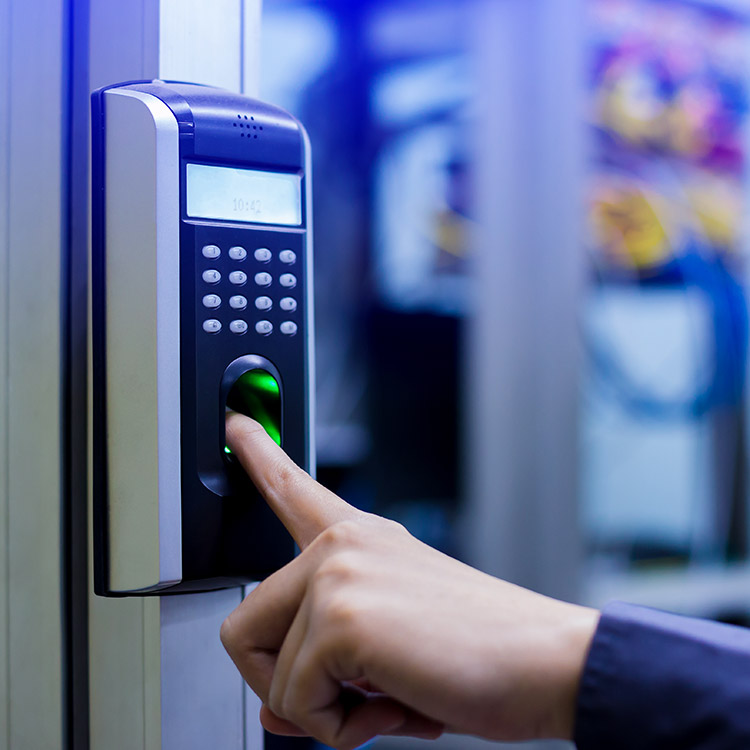
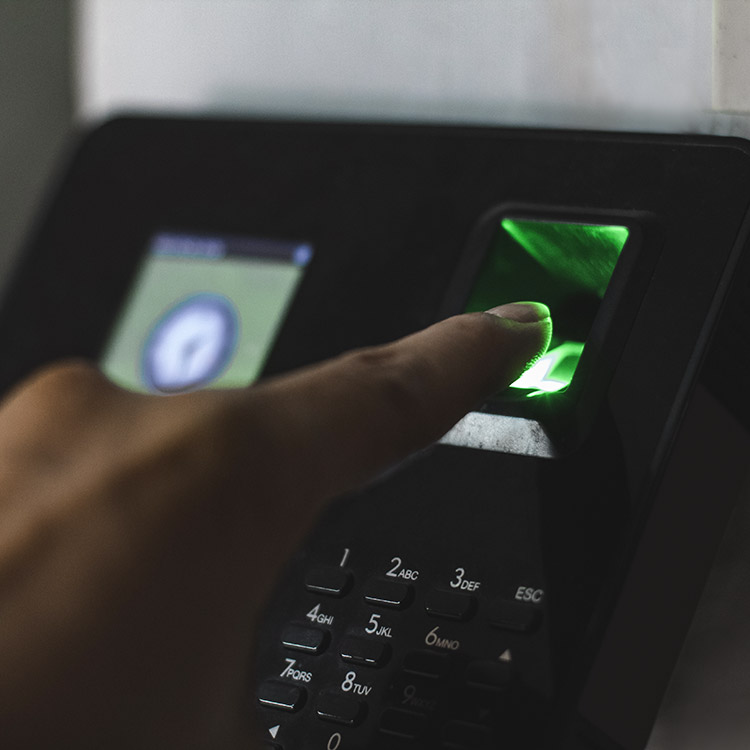
How Does Fingerprint Biometrics Work
The main technologies used to capture the fingerprint image with sufficient detail are optical, silicon, and ultrasound.
There are two main algorithm families to recognise fingerprints.
Minutia matching compares specific details within the fingerprint ridges. At registration or enrollment, the minutia points are located, together with their relative positions to each other and their directions. At the matching stage, the fingerprint image is processed to extract its minutia points, which are then compared with the registered template. Pattern matching compares the overall characteristics of the fingerprints, not only individual points.
Fingerprint characteristics can include sub-areas of certain interest including ridge thickness, curvature, or density. During enrollment, small sections of the fingerprint and their relative distances are extracted from the fingerprint. Areas of interest are the area around a minutia point, areas with low curvature radius, and areas with unusual combinations of ridges.
Stand Alone Biometric Systems
Any of our systems can operate as a complete stand alone access control station. Door lock operation and alarm monitoring of the door status is provided. An external alarm circuit is included for operating an audio or visual alarm. Systems can be networked together using Windows software to accommodate larger applications.
Our systems can easily be integrated into new or existing third party access control systems using an integrated interface. All Weigand, proximity and mag stripe formats can be accommodated, without modifications to the third party system.
